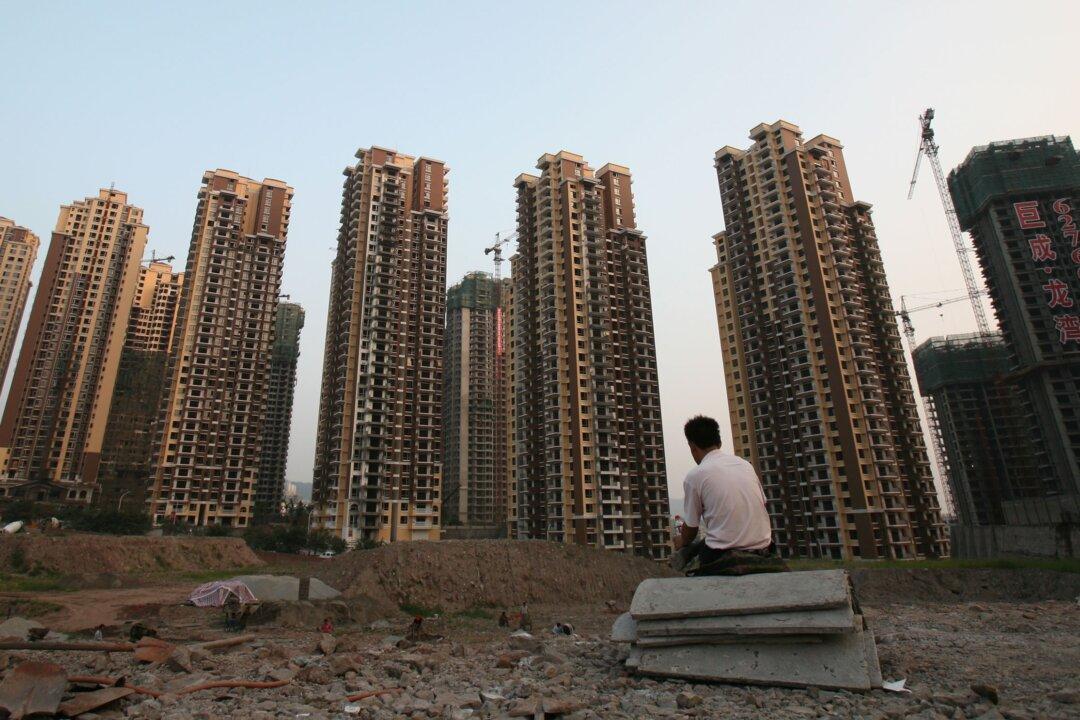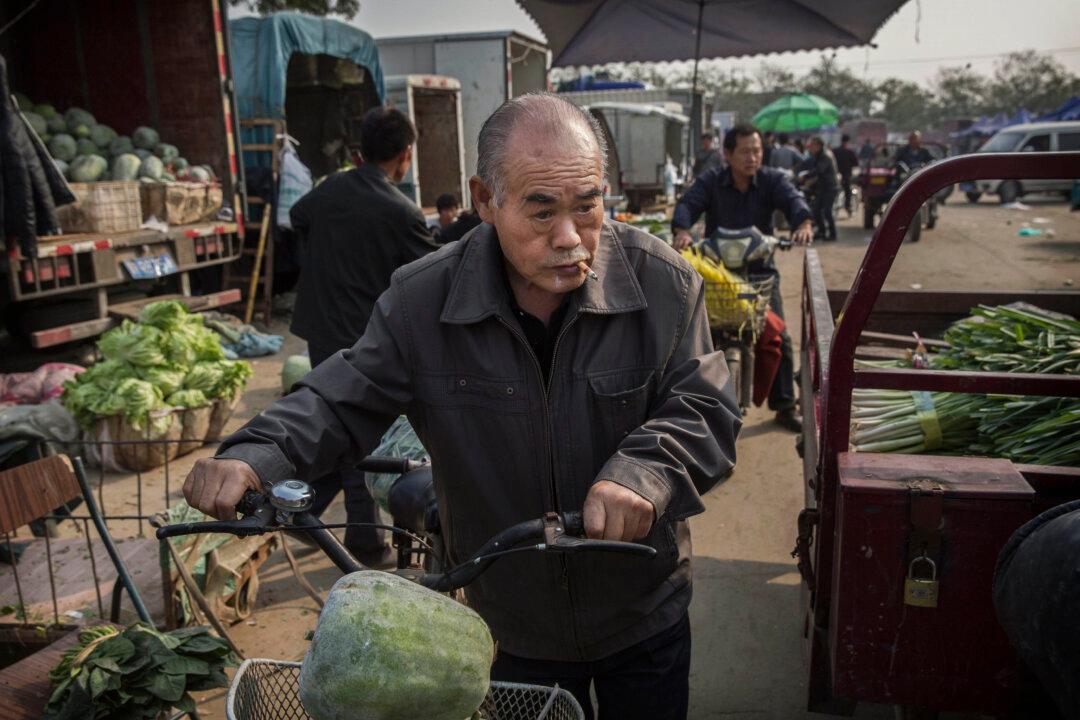China could be close to creating a pipeline for property developers looking to unload assets or raise capital for new developments.
The China Securities Regulatory Commission is reviewing the issuance of Penghua Qianhai Vanke REIT, a domestic real estate investment trust (REIT). The REIT is issued by Vanke Co., the country’s biggest residential real estate developer, and if approved, will become the first publicly traded onshore REIT in China.
Along with easing monetary and regulatory policy, the Chinese regime is viewing REITs as a way to stabilize the real estate sector.
The last decade’s boom in commercial and residential construction has saddled developers and banks with excess debt, which the state is now looking to rein in without damaging economic growth. REITs will offer a new source of funding to ease reliance on the unregulated shadow banking and trust financing sectors.





